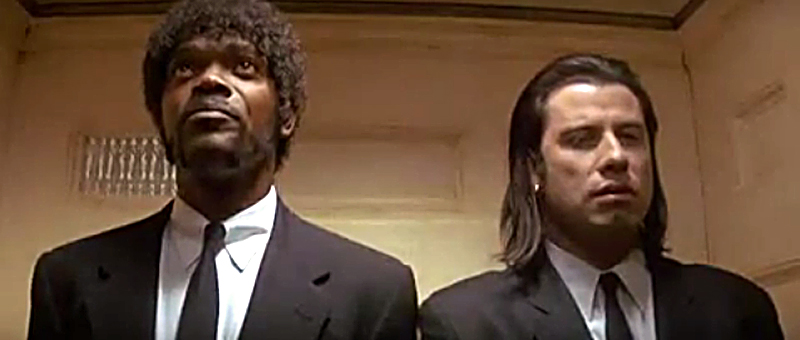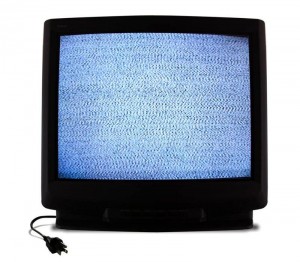When a civilian meets a screenwriter, usually the second thing they say is, “Oh, so you write all the dialogue then?” (first thing is “Have you written anything I would’ve seen?”) .
James Goldman (who can write circles around his brother William as far as I’m concerned) notes in his introduction to the published script of Robin and Marian (1976) that most people suppose that the actors and director make the movie up as they go and that, at best, a writer offers them the occasional choice zinger. They don’t know that a movie is written, that before anything else happens, a movie must be written – even if it’s Mike Leigh improvising and devising a film from the ground up – it iswritten.
Dialogue is the poster child of screenplay writing. It is literally the first thing people look at in a screenplay. No matter how well your scenes are constructed, no matter how electrifying your transitions, no matter how artful your conflicts, hand anyone a finished screenplay and they will always, always flip through to glance at the dialogue.
If there long great chunks of dialogue they may even hand it back to you and say, “I’m sorry, Mr Tarantino. It’s too talky.”
If there’s no dialogue on the page at all, if you’ve written a masterpiece of pure cinema, their shoulders will sag and the script will fall from their hands as they lose all hope, anticipating the African Queen-style slog ahead in which they actually have to imagine what is happening, rather than being able to speed along through pages of fluffy white dialogue like some agent skiing down the slopes at Vale – or if the reader is European, wherever European agents go skiing.
Do European agents go skiing?
Dialogue in a script, on the page, is very different from dialogue onscreen. In fact, they are two distinctly different animals involving entirely different sets of brain functions both in the creation and in the reception. Just as “He blows out the match / CUT TO / The sun rises.” will never convey the visceral effect of the famous sequence transition in Lawrence of Arabia (1962), reading their exchanges on paper about foot massages and their boss’s girlfriend just isn’t going to have the same effect as seeing the whole scene play out in real time in Pulp Fiction (1994).
When we step back and look at it coolly and honestly – and in the context of actual filmmaking, not as a type of writing on a script page – it is only another sound effect onscreen.
I hear some of you clearing throats uncomfortably, others grunting suspiciously, others saying “Get stuffed” aggressively, but I say again, dialogue is only another sound effect onscreen. The words we write in screenplay dialogue formatting are only notations for trained technicians, actors, to produce the proper sound effects to convey meaning to the audience. We have to be reminded – at least I do – that dialogue is far from essential in the telling of a film story. Brando could say more with a grunt than most other actors could with a page of dialogue. In fact, in On the Waterfront (1954) Kazan obliterates the dialogue in a pivotal scene between Brando and Eva Marie Saint with a deafening steam whistle effect. We see his lips moving and her horrified reaction but hear only the shriek of the whistle – far more effective than if we had heard the dialogue, even from one of the greatest actors in the world.
How we write dialogue – the pace of it, the style, the punctuation – and how we use it to get a script made or even represented, is unique to each writer’s ear and aesthetic preferences. That is one of the great delights of reading/hearing good dialogue when one can really taste the unique flavour of each writer’s voice as it manifests itself in a character.
I try to stick to, cling to, the idea that dialogue is just another sound effect. I try to tell a story only with moving images, for which the sound track is just a means of providing depth and weight. I will sometimes try to write a scene forbidding myself dialogue of any kind and am often then forced – after long descriptions of the scenery and props and costume – into moving characters into action rather than blowing it all with yet another dialogue exchange over a dinner table.
Of course, I’m very lazy and have ended up being notorious for extremely long dialogue scenes and – worse – long monologues. I have only a limited ability to practice what I preach, it would seem.
There are no unbreakable rules for writing dialogue. Playing the “less is more” card is a cop out. Some of my favourite movies are saturated with heavy dialogue. However, treating dialogue as “just one more sound effect” can help force you to ask why exactly you are putting dialogue in a scene and ‘to hear these two characters sing a beautiful duet’ is a perfectly good reason, as far as I’m concerned.
When you study the Quentin Tarantino arias, for example, you quickly realize that they are not about gangsters saying witty things. In fact, they are gorgeous polished gems of suspense in which dialogue plays only a supporting role. The most important part of the long Jules/Vincent opening conversation in Pulp Fiction is a single line of dialogue: ‘We should have shotguns for this kind of deal.’ After that ominous set up Quentin’s characters can go on and on about anything they want. Danger is clearly communicated, and so we are hooked, and we will listen to anything he throws at us until that danger is resolved. The secret to his dialogue is not contained in the dialogue tab of his screenplay. It’s in the structure of the scene, the planting and payoff. It’s so clear and threatening that a rock-solid platform is built for him to then write all the virtuoso dialogue he wants.
All the embarrassing imitations that Tarantino has inspired would do well to remember that dialogue is just another sound effect, and that it is the other elements of a scene and how they fit together that determine whether that sound will be music or just more noise.
I heard a rumor – and I always believe rumors – about the cab scene in On The Waterfront, one of the greatest dialogue scenes in movies. The original script called for Brando’s Terry to respond to his brother’s threats with a substantial chunk of dialogue. But in the end, Brando just said: “Wow.”
This article originally appeared on screenwriting website Twelvepoint.com

